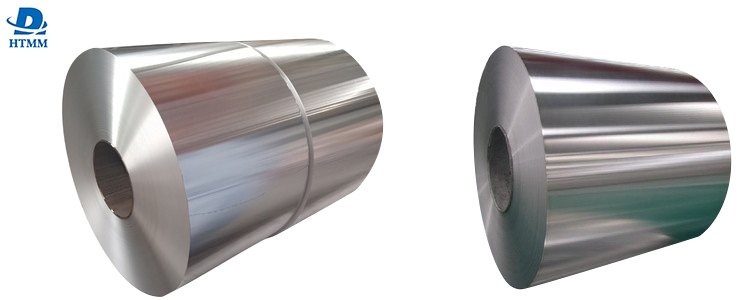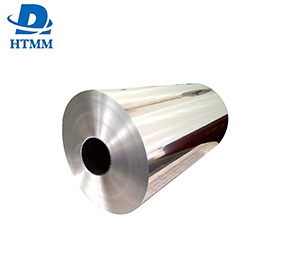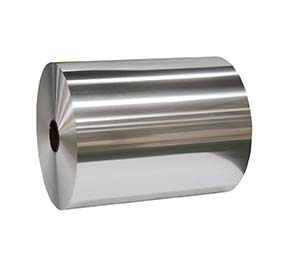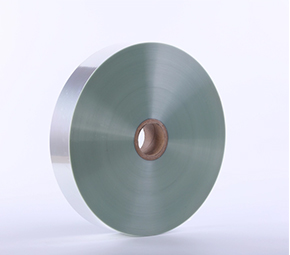With the improvement of Food Grade Raw Material 8011 Aluminum Foil Roll process control methods, the impact of billet quality on the quality indicators of aluminum foil finished products is more prominent. Some people think that among the various factors affecting the rolling production of aluminum foil in my country, the influence of aluminum foil billet accounts for more than 75% (the other five major factors are affected, and the upstream process technology personnel must have relevant understanding in order to distinguish and confirm the reasons). Therefore, it is of great significance to discuss the relationship between billet quality and aluminum foil rolling production to improve the quality of Aluminum Foil products. It involves key processes related to upstream melting, casting (hot) rolling, and cold rolling.
There are two feed routes for Food Grade Raw Material 8011 Aluminum Foil Roll billets, hot rolled billets and cast rolled billets. The processing process of the hot-rolled billet is: smelting → ingot → homogenization → milling → hot rolling → cold rolling. The processing process of casting and rolling billets is: smelting → casting and rolling → cold rolling
The metallurgical quality of the billet has an important influence on the quality of the aluminum foil:
The hydrogen content of the melt should not be greater than 0.1mL/100gAl;
The amount of non-metallic inclusions shall not exceed 10×10-6;
Grain size index The grain size of the hot-rolled billet should be between 0.03~0.05mm; the grain size of the cast-rolled billet should not be greater than 0.09mm;
The iron-silicon ratio generally requires that w(Fe)/w(Si) in the melt should be in the range of 2.5~4.5.
Thickness deviation and shape control (cold rolling and incoming material control)
The difference between the crown and transverse thickness of the blank sheet is not more than 1.0%. The longitudinal thickness difference of the strip after cold rolling is not more than ±2%, and the wave distance of thickness fluctuation is greater than 9 times of the distance between the thickness gauge and the center of the roll.
The flatness of the plate shape is less than 15I, the head and tail should not be greater than 30I, and the appearance of the middle loose plate type is taboo.





